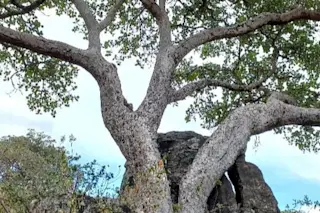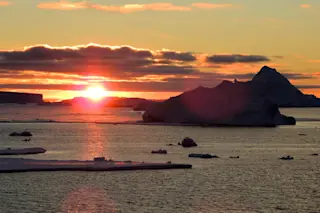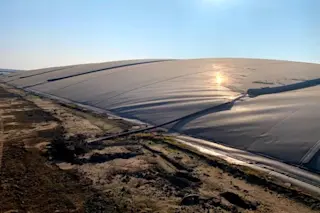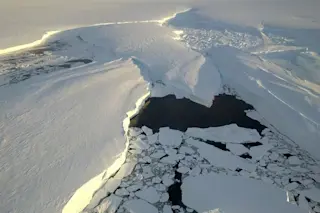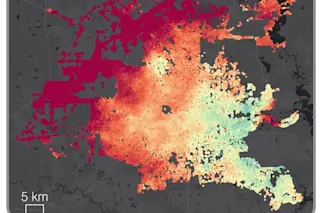Geologists have long been playing a game of leapfrog back through time. In 1912 Alfred Wegener claimed that the continents had reached their current positions after the disintegration of a single giant supercontinent that he called Pangaea (Greek for all Earth). By the 1980s enough rocks had been hammered and sectioned to confirm Wegener’s theory and even to map the 200-million-year-old landmass. This success inspired speculative geologists to leap further back in time and suggest that Pangaea had been assembled from pieces of another supercontinent. They named this older landmass, which they claimed had broken up more than 500 million years ago, Rodinia (Russian for motherland). In recent years research has shown that Rodinia was real.
But this past year John Rogers, a University of North Carolina geologist, leapfrogged practically all the way off the playground when he published a paper bluntly entitled A History of Continents in the Past ...




